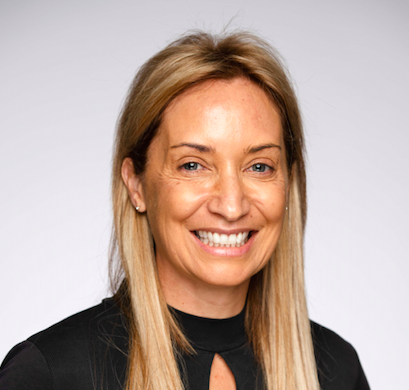
Prof. Maree Toombs
A leading researcher in indigenous health and lung disease has urged respiratory specialists to reconsider their interactions with Aboriginal communities, saying positive outcomes are possible with the right approach.
Professor Maree Toombs offered a list of rules at the TSANZ 2023 ASM in Christchurch, starting with an injunction to be mindful of the racism and historical trauma experienced by indigenous people across Australia.
When it came to lung health, this often resulted in Aboriginal parents being afraid to take their children to hospital due to a real fear of losing custody, the University of Sydney public health academic said.
“Particularly around lung health; wet cough, asthma and all those sorts of things associated with little children, there is a hypervigilance that sits around that,” she said.
“There’s a fear of mandatory reporting to family services that holds a lot of these parents back. And what we’ve found is that these parents would watch their children like shift work, hands on chest listening because they don’t want to take them to the hospital due to this fear of being reported.”
Other major barriers included poverty, overcrowded housing and inappropriate nutrition, while language could be a major issue, particularly in remote communities, Professor Toombs said.
In addition, environmental and lifestyle factors such as exposure to air pollution could be more complicated than met the eye.
For example, smoking was associated with ceremony for Aboriginal and Torres Strait Islander peoples, so any discussion around the potential respiratory harms associated with that needed to be navigated with care, she said.
“In Western Australia, we have people who smoke pituri, which is a traditional tobacco and is considered part of culture,” she said.
“So we know that the rates of lung disease are much higher in those communities but it’s something that is part of their way of practice. It’s how do we mitigate that.”
She went on to show a video created by the Telethon Kids Institute and Aboriginal health services in the Kimberly on the risks of wet cough.
This had been successful because its creation had been the result of community consultation, it featured real local people and well-understood local terms such as ‘goonbee’ for mucus, Professor Toombs said.
Her suggestions were:
- Relationality – awareness of where a patient’s connection to land, kinships and community. “If you can get the recipe right for that, it’s good but it takes time,” Professor Toombs said.
- Co-designed and co-led healthcare programs. Again, this could take time and effort, but was vital for designing appropriate health interventions.
- Education and awareness
- Policy drivers that create solutions to the SES and poverty
- Environmental interventions
- Integration of traditional healing practices with Western medicine